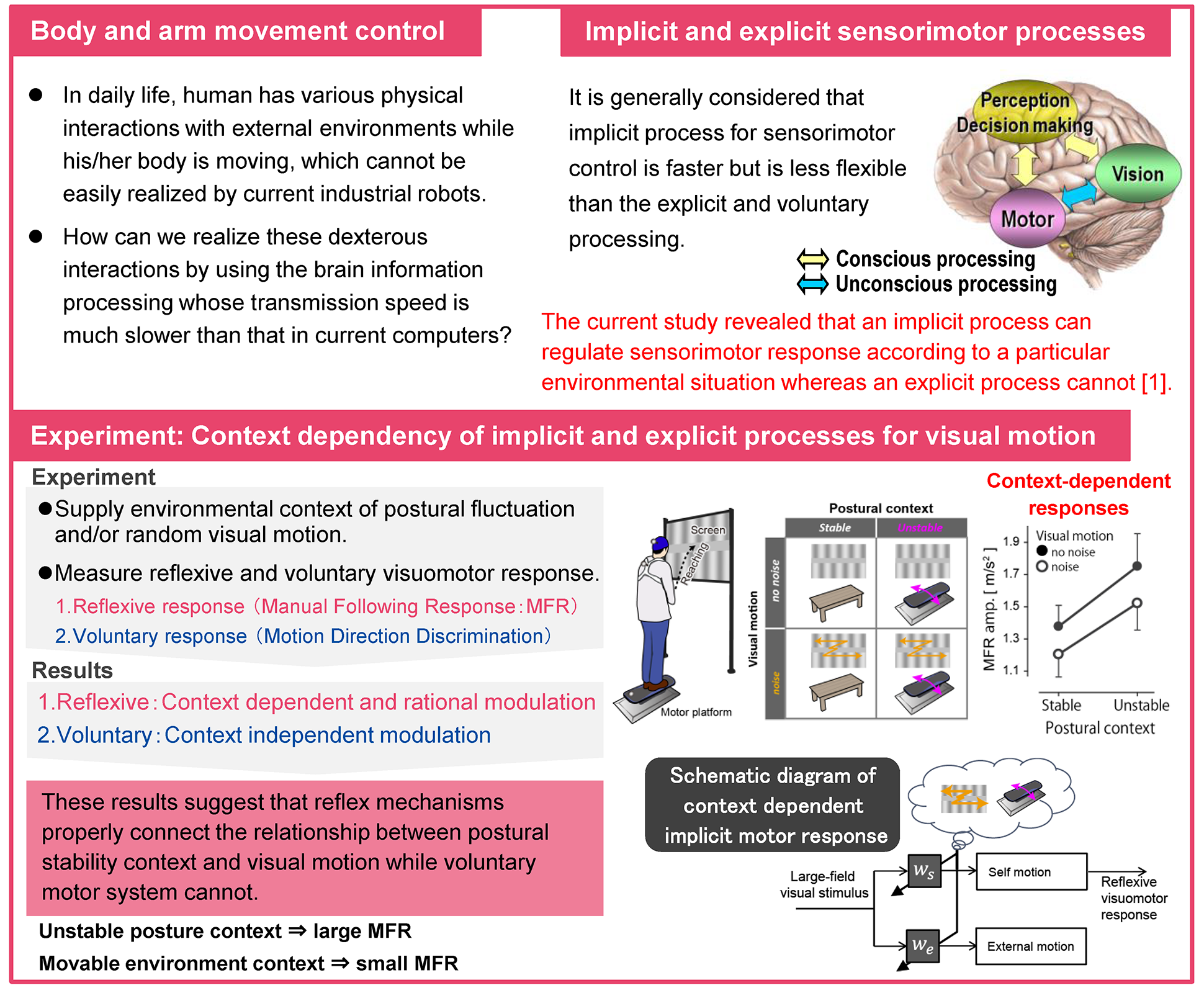Exhibition Program
Science of Human
31
Unconscious is smarter than conscious
Environmental dependency in visuomotor responses
Abstract
We may tend to think that human understand current states of self-body and external environments, and then consciously control our limbs according to those states. However, dominant part of actual skilled movements are controlled unconsciously. We are trying to reveal those implicit sensorimotor control mechanisms to understand the brain processing for skillful motor control. By inflicting different postural stability and/or noisy visual motion conditions, we investigated the adaptability of voluntary and reflexive responses to visual motion stimuli, and found that only reflex responses can be adjusted suitably to the different situations. This suggests that unconscious processing would be smarter than conscious processing for a particular condition. By understand the mechanisms of brain processing for sensorimotor control, we will be able to designe more sophisticated communication and man-machine interface, and novel training method for athletes.
References
- N. Abekawa, H. Gomi. “Modulation difference in visuomotor responses in implicit and explicit motor tasks depending on postural stability,” in Proc. The Society for Neuroscience 47th Annual Meeting, 2017.
- H. Gomi, K. Kadota, N. Abekawa. “Dynamic reaching adjustment during continuous body perturbation is markedly improved by visual motion,” in Proc. The Society for Neuroscience 40th Annual Meeting, 2010.
Poster
Related contents
MFR introduction video
Related Journal Papers
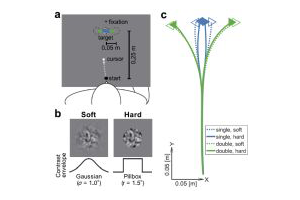
[1] H. Ueda, N. Abekawa, S. Ito, and H. Gomi, “Distinct temporal developments of visual motion and position representations for multi-stream visuomotor coordination,” Scientific Reports, vol. 9, p. 12104, Aug. 2019, doi: 10.1038/s41598-019-48535-0.
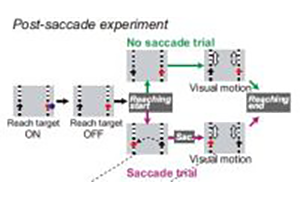
[2] N. Abekawa and H. Gomi, “Online gain update for manual following response accompanied by gaze shift during arm reaching,” J Neurophysiol, vol. 113, no. 4, pp. 1206-16, Feb. 2015, doi: 10.1152/jn.00281.2014 10.1152/jn.00281.2014.
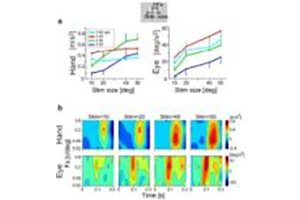
[3] H. Gomi, N. Abekawa, and S. Shimojo, “The hand sees visual periphery better than the eye: motor-dependent visual motion analyses,” The Journal of Neuroscience, vol. 33, no. 42, pp. 16502-9, Oct. 2013, doi: 10.1523/jneurosci.4741-12.2013 10.1523/JNEUROSCI.4741-12.2013.
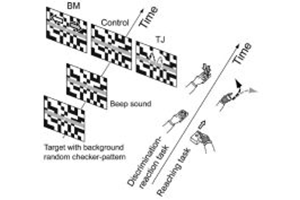
[4] K. Kadota and H. Gomi, “Implicit visuomotor processing for quick online reactions is robust against aging,” J Neurosci, vol. 30, no. 1, pp. 205-9, Jan. 2010, doi: 10.1523/JNEUROSCI.2599-09.2010.
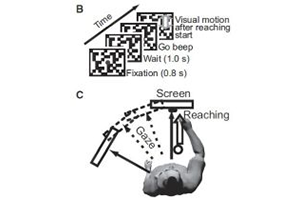
[5] N. Abekawa and H. Gomi, “Spatial coincidence of intentional actions modulates an implicit visuomotor control,” Journal of Neurophysiology, vol. 103, no. 5, pp. 2717-27, undefined 2010, doi: 10.1152/jn.91133.2008.
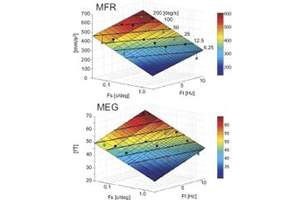
[6] K. Amano, T. Kimura, S. Nishida, T. Takeda, and H. Gomi, “Close similarity between spatiotemporal frequency tunings of human cortical responses and involuntary manual following responses to visual motion,” Journal of Neurophysiology, vol. 101, no. 2, pp. 888-97, Feb. 2009, doi: 10.1152/jn.90993.2008.
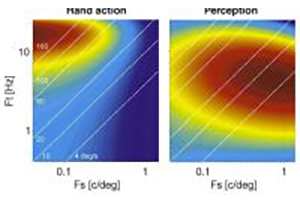
[7] H. Gomi, “Implicit online corrections of reaching movements,” Current Opinion In Neurobiology, vol. 18, no. 6, pp. 558-64, Dec. 2008, doi: 10.1016/j.conb.2008.11.002.
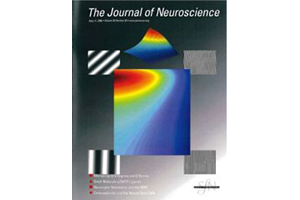
[8] H. Gomi, N. Abekawa, and S. Nishida, “Spatiotemporal tuning of rapid interactions between visual-motion analysis and reaching movement,” The Journal of Neuroscience, vol. 26, no. 20, pp. 5301-5308, May 2006, doi: 10.1523/JNEUROSCI.0340-06.2006.
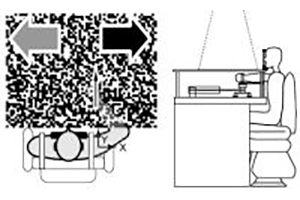
[9] N. Saijo, I. Murakami, S. Nishida, and H. Gomi, “Large-field visual motion directly induces an involuntary rapid manual following response,” The Journal of Neuroscience, vol. 25, no. 20, pp. 4941-4951, May 2005, doi: 10.1523/JNEUROSCI.4143-04.2005.
Contact
Hiroaki Gomi / Sensory and Motor Research Group, Human and Information Science Laboratory
Email:
Email:





